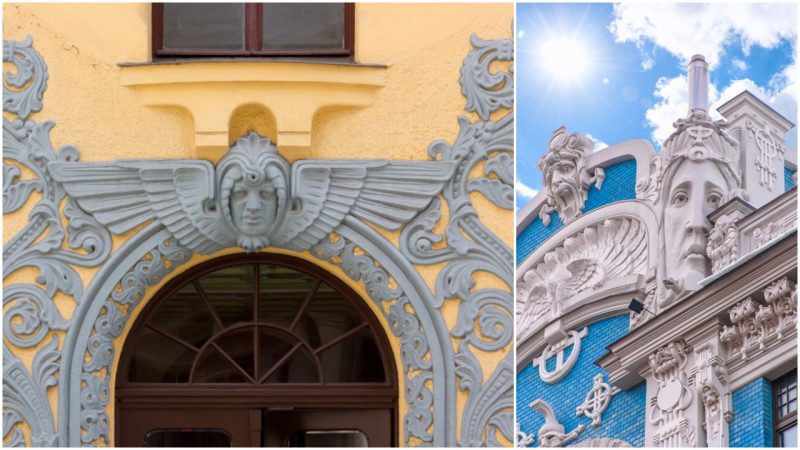The Art Nouveau movement began in the 1890s, spreading the idea that art should be a part of everything around us. This rather revolutionary movement confronted the eclectic historical styles and the precise geometry of neoclassical forms with great elegance and soon became synonymous with progress, influencing a number of artists who started using various elements of this modern art style as inspiration.
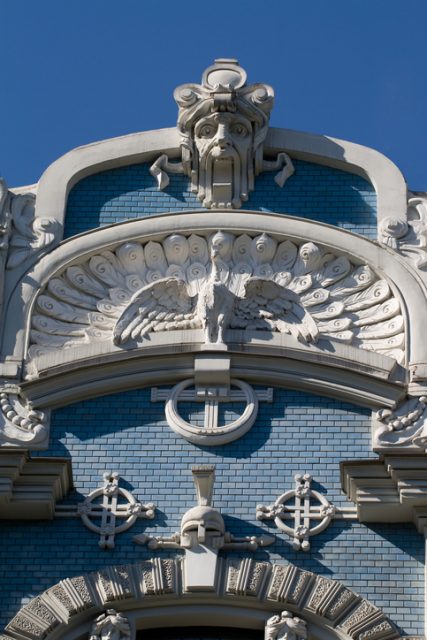
Inspired by nature and its forms, the style embraced all forms of art and design and was applied to painting, sculpture, illustration, jewelry, interior design, and, most notably, architecture.
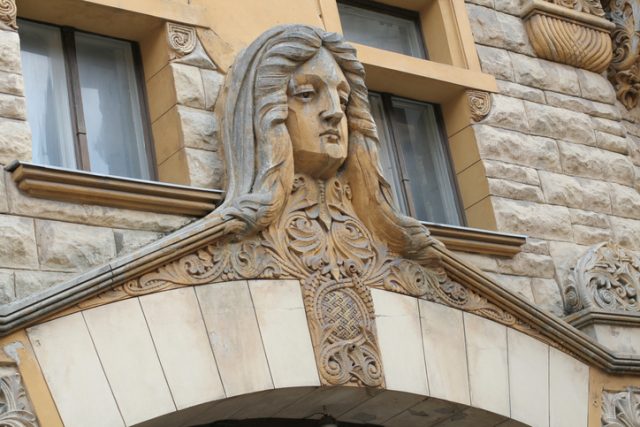
The style first appeared in England, and soon spread all around Europe and the United States. Called by different names in different countries, the final term Art Nouveau was first used in Paris, deriving from the words New Art.
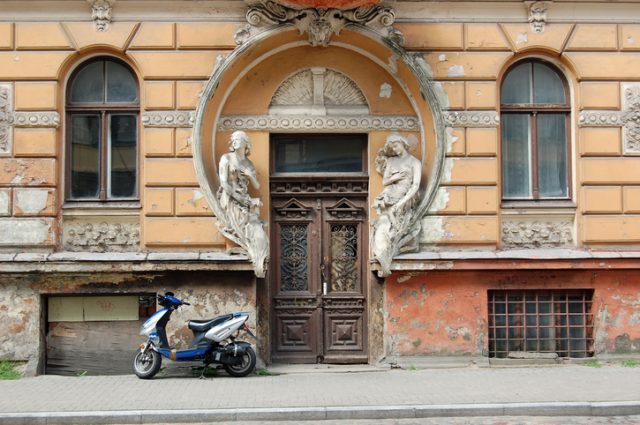
Its popularity started to decline by 1910, but examples of this beautiful architectural form are still among the most popular in the tourist centers around Europe.
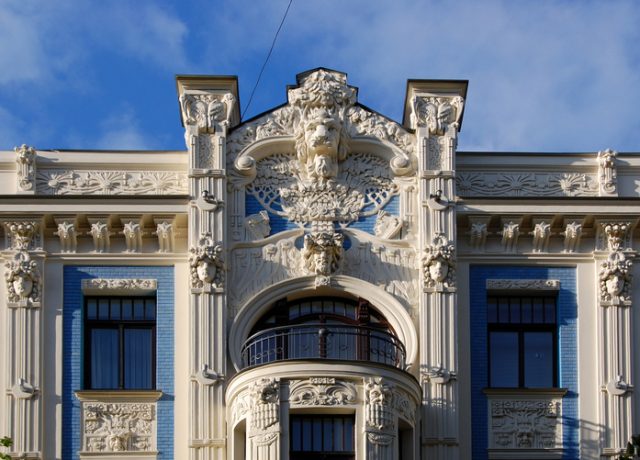
In a short period, Art Nouveau spread like wildfire across many European cities, including Brussels, Barcelona, Paris, Vienna, Prague, Munich, Glasgow, and Turin. Numerous artists and architects from these European centers shrewdly combined their skills to create some of the most beautiful examples of Art Nouveau buildings, whose decorative charm and extravagance will impress even the most demanding art and architecture buffs out there. However, none of these cities holds the largest collection of Art Nouveau buildings in the world. It’s a title that belongs to Riga, the capital of Latvia.
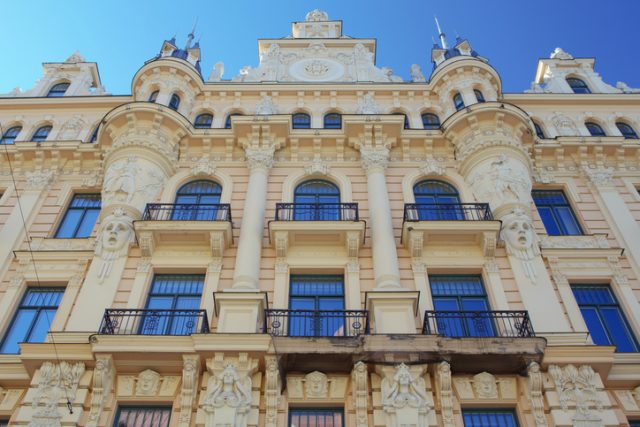
The city’s complex history begins in the year of 1201 with the arrival of German traders, mercenaries, and crusaders, who founded Riga as a port town. It soon became an important trade center of the Eastern Baltic region and it went on to become one of the largest industrial centers of the Russian Empire.
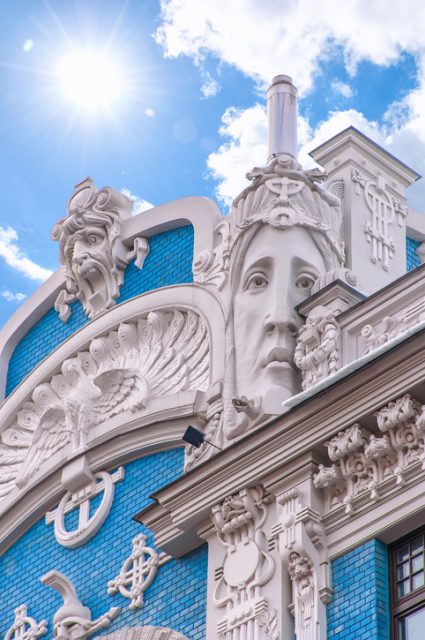
Today, Riga is arguably the most beautiful city in the Baltic states and surely is one of the greatest tourist attractions in Latvia. This is mostly due to the fact that the city is filled with Art Nouveau and wooden architecture from the 19th century. Riga attracts more and more visitors each and every year, because of the cheap flights Latvia has established between their capital and other European cities.
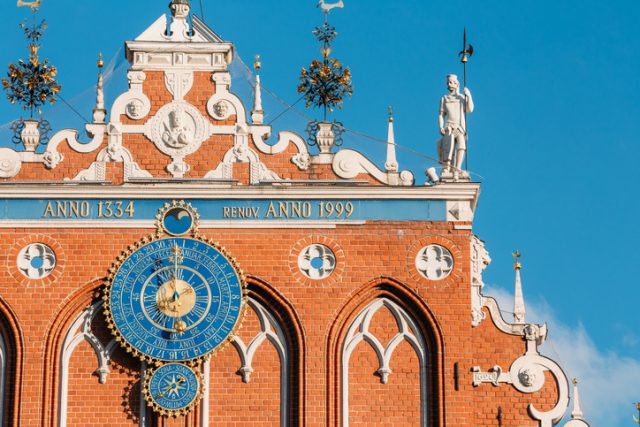
The number of Art Nouveau buildings in Riga is somewhere around 800. This impressive number is a result of the economic and demographic boom Riga experienced at the end of the 19th and beginning of the 20th century, at the same time Art Nouveau peaked in its popularity.
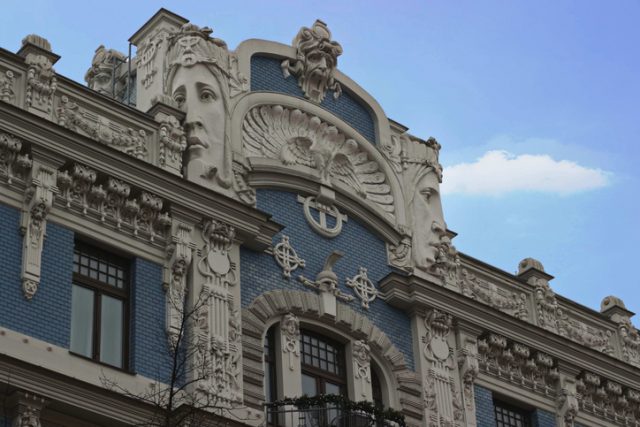
It didn’t take long before Riga’s eclectic character started to disappear due to the massive popularity of Art Nouveau and soon around 40 percent of all buildings in the center of the town were built in the Art Nouveau style.
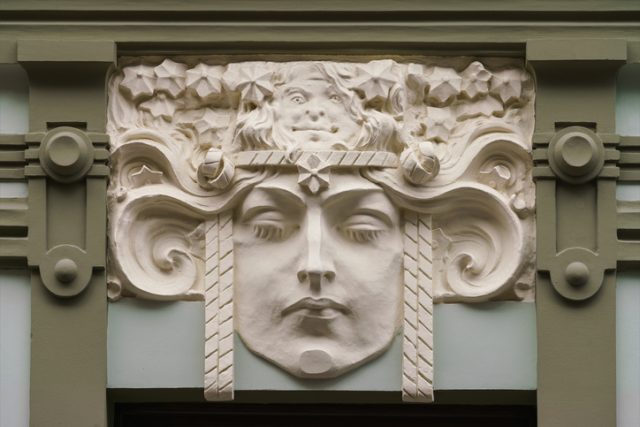
The expansion of Riga meant demolition of the old fortifications that surrounded the medieval core of the city, and the construction of new buildings, boulevards, and gardens in their place.
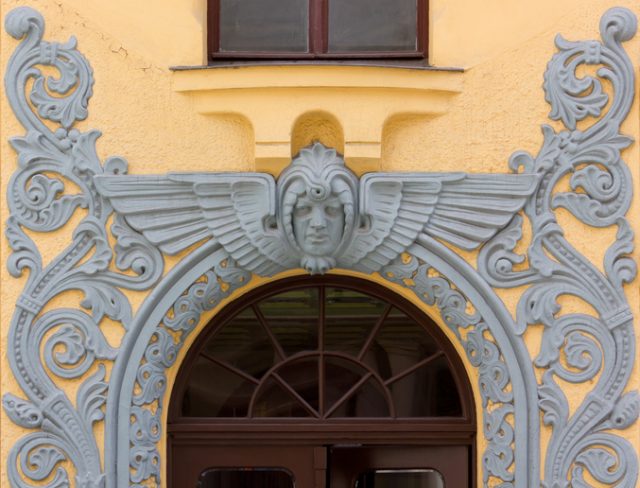
The rich citizens of Riga used their wealth to build imposing buildings, while the local architects adopted the European style which was popular at that time.
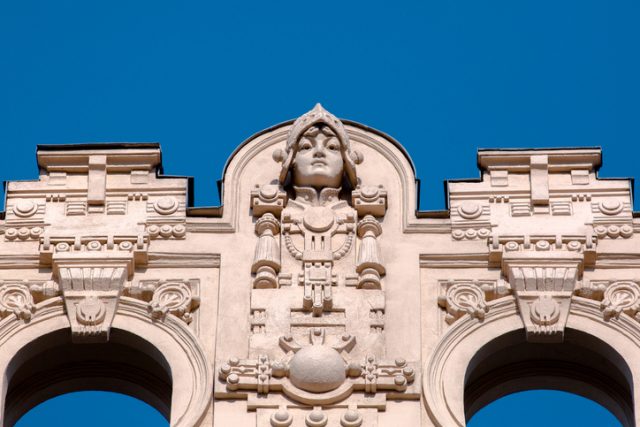
In this case, it was the Art Nouveau style. The majority of the buildings were erected in the central part of the city, with a few being built in the Old Town of Riga. Mikhail Eisenstein, father of Sergei Eisenstein, a pivotal figure in world cinema, and Konstantīns Peksens are the two most notable Riga architects, responsible for almost half of the Art Nouveau buildings in the city.
Everyone interested to learn more about the Art Nouveau style and its cultural heritage in the capital of Latvia can visit the Riga Art Nouveau Center, which is located in an apartment on Alberta Street where the famed Latvian architect Konstantīns Peksens lived and worked until 1907.
